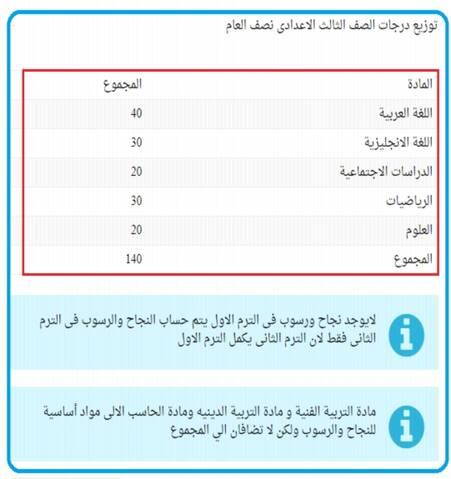Breast Milk Storage Durations: A Quick Guide
Navigating the ins and outs of breast milk storage can be overwhelming for new parents. Proper storage conditions are crucial for preserving nutrients and ensuring the health of your baby. This guide simplifies the process, offering clear advice on how to store milk safely depending on the environment. Empower yourself with the right knowledge to keep your milk fresh, nutritious, and ready for use, whether you are storing it short-term or planning for a longer duration. Let’s dive into effective methods of storing breast milk in different conditions.
How Long Does Breast Milk Last in Different Conditions
Countertop: Safe at Room Temperature?
Breast milk can be safely stored at room temperature for varying amounts of time based on environmental factors. Ideally, fresh milk can be left out for about 4 to 6 hours at 77°F (25°C) or colder. Always prioritize cleanliness when handling milk, and minimize exposure to warm temperatures. Monitor the milk for any off smells or signs of spoilage before feeding it to your baby. In warmer climates, consider placing milk in an insulated cooler if immediate refrigeration isn’t available to keep it safer for longer.
Refrigerator: Mid-Term Storage Rules
Using a refrigerator, freshly expressed breast milk remains safe for up to 4 days at 39°F (4°C) or colder. For optimum freshness, store milk in the back of the fridge where temperatures are more stable and avoid frequent door openings which can cause temperature fluctuations. Always label your milk containers with the date of expression to keep track of freshness. Try using transparent storage bins to help organize and monitor milk quantities easily, especially if multiple caregivers are sharing access to the fridge.
Freezer: Long-Term Storage Duration
For long-term storage, employ a freezer to keep breast milk safe for about 6 months, though it can remain usable up to 12 months if stored correctly at 0°F (-18°C) or lower. Use airtight, freezer-safe containers, leaving some space for expansion. For best preservation, keep the milk away from the freezer door and deep within the compartments to maintain consistent temperatures. Label each bag with the date and avoid stacking warm milk, as this can cause uneven freezing and degrade the milk’s quality over time.
Thawed Milk Duration Guidelines
Breast milk that has been frozen should be thawed carefully and used wisely. Once removed from the freezer and fully thawed in the refrigerator, it should be used within 24 hours for optimal quality. Do not refreeze thawed milk, even if some remains. To stay organized, write the thaw time clearly on the container. Try to align thawing with your baby’s regular feeding schedule to avoid waste and ensure your child gets the best possible nutrition from every bottle.

Real-World Tips to Avoid Spoilage
Know When to Use or Toss
To determine whether breast milk is still good, perform the sniff test. Fresh milk should smell neutral or slightly sweet. If you notice any sour or rancid smells, discard it. Keep track of storage times with proper labeling to ensure you’re using the oldest milk first. If you’re ever uncertain, trust your instincts and remember that tossing one questionable bag is always better than risking your baby’s safety or comfort during feeding.
Don’t Top Off Cold Milk with Warm
Avoid mixing warm, freshly pumped milk with already chilled or frozen milk. Adding warm milk can lead to bacterial growth and spoil both batches. Cool any newly expressed milk in the fridge before combining with previously stored portions. Make this a habit by designating a specific cooling zone in your fridge and using a mini timer or reminder system to cool milk to a matching temperature before combining.
Avoid Door Storage and Power Outage Risks
Keep breast milk away from the refrigerator or freezer door. Temperature can fluctuate at the door, causing potential spoilage. Have a backup plan for power outages, such as a cooler with ice packs, to prevent milk from thawing unexpectedly. Consider purchasing a temperature-monitoring device or power alarm that can alert you if your fridge loses cooling unexpectedly, helping you take action before milk is compromised.
Conclusion
Properly managing breast milk storage ensures your baby receives the best nutrition possible without waste. By understanding time frames for different storage environments and implementing smart storage tactics, you’ll maintain milk quality effectively. Knowing how long is fresh breast milk good for allows you to make informed decisions that keep milk safe and nutritious. Keep a calm mind knowing that with careful attention, you can consistently provide safe, nutritious breast milk for your child’s needs. Adopting these routines can simplify your feeding schedule, support your baby’s health, and bring greater peace of mind to your parenting journey.









